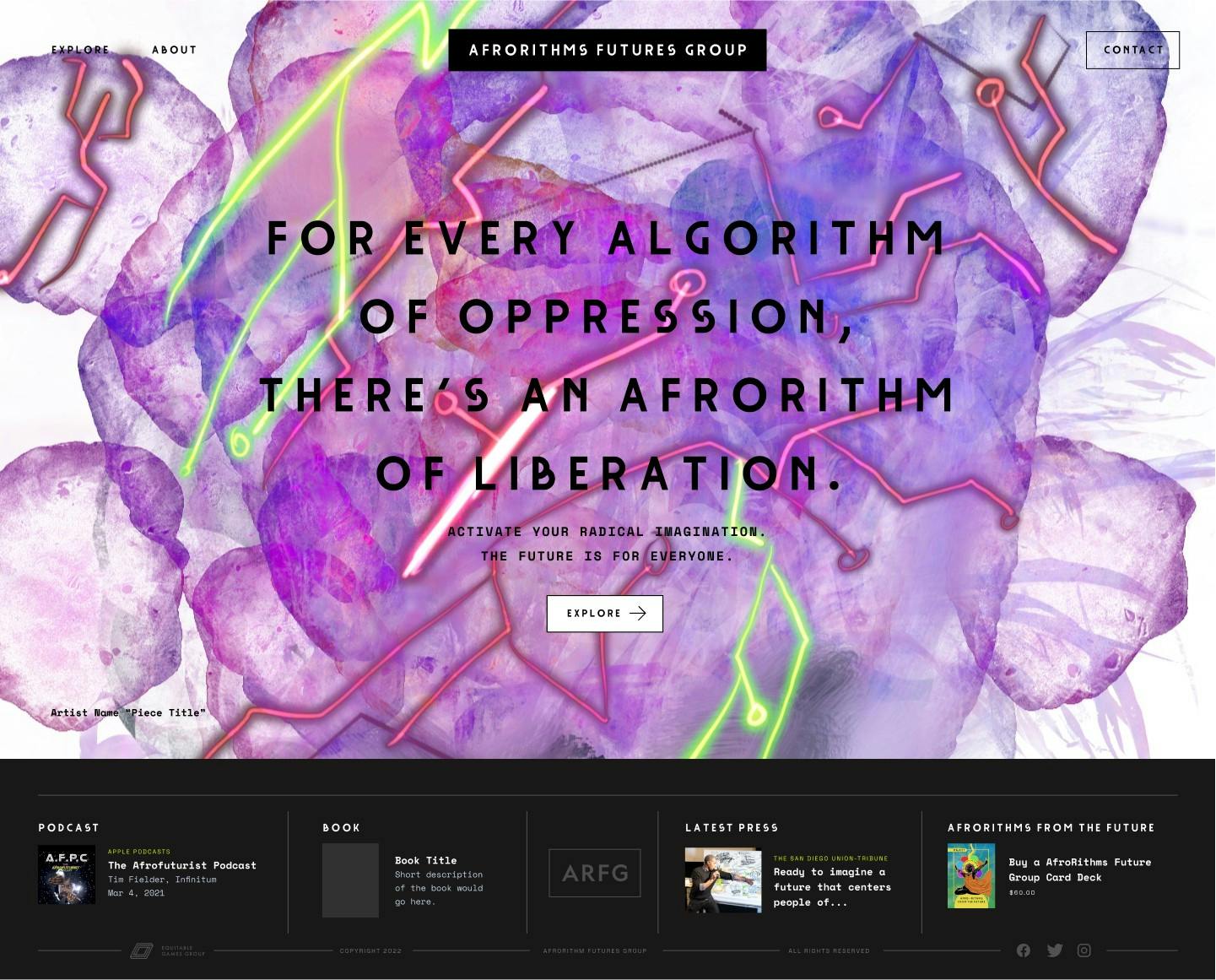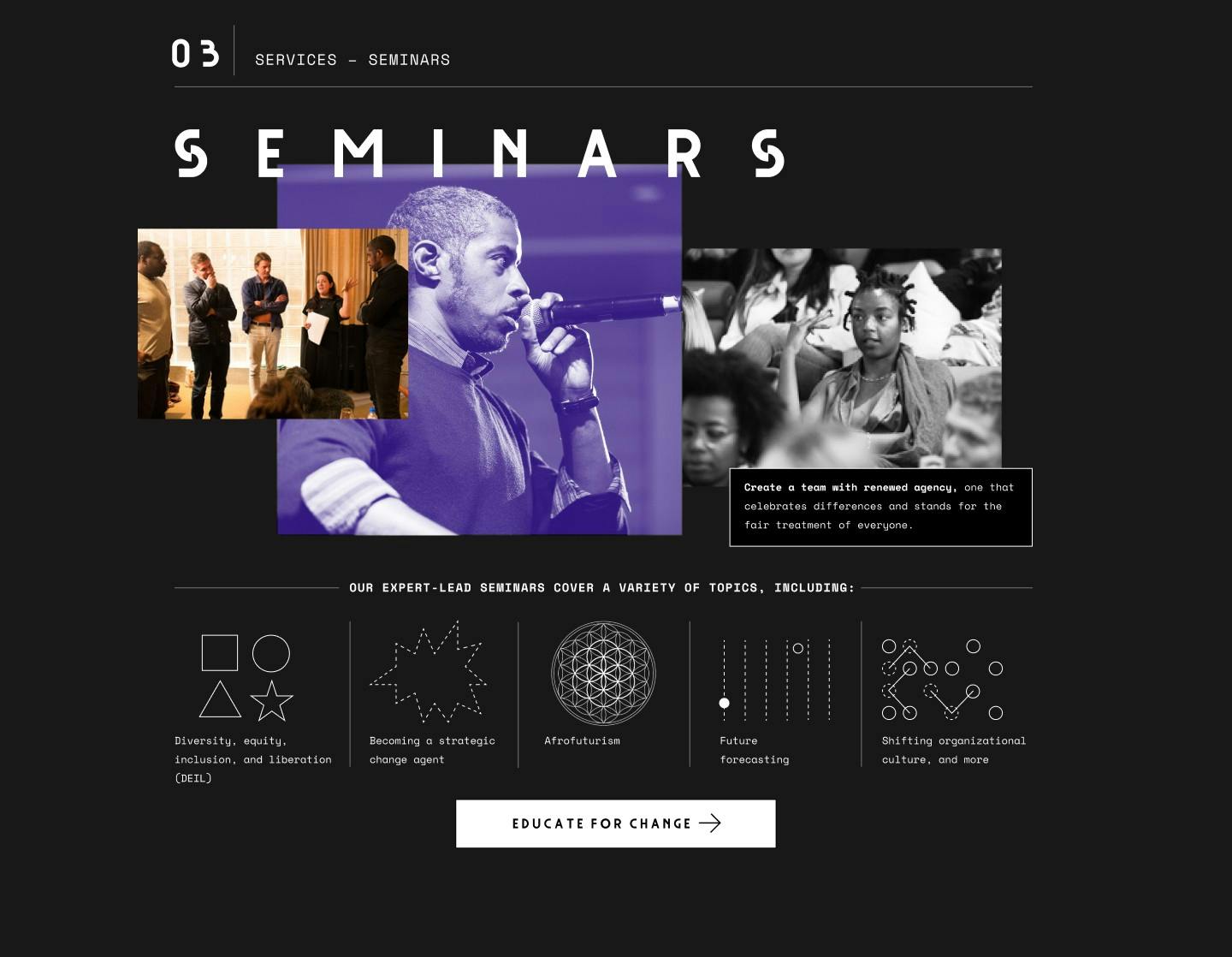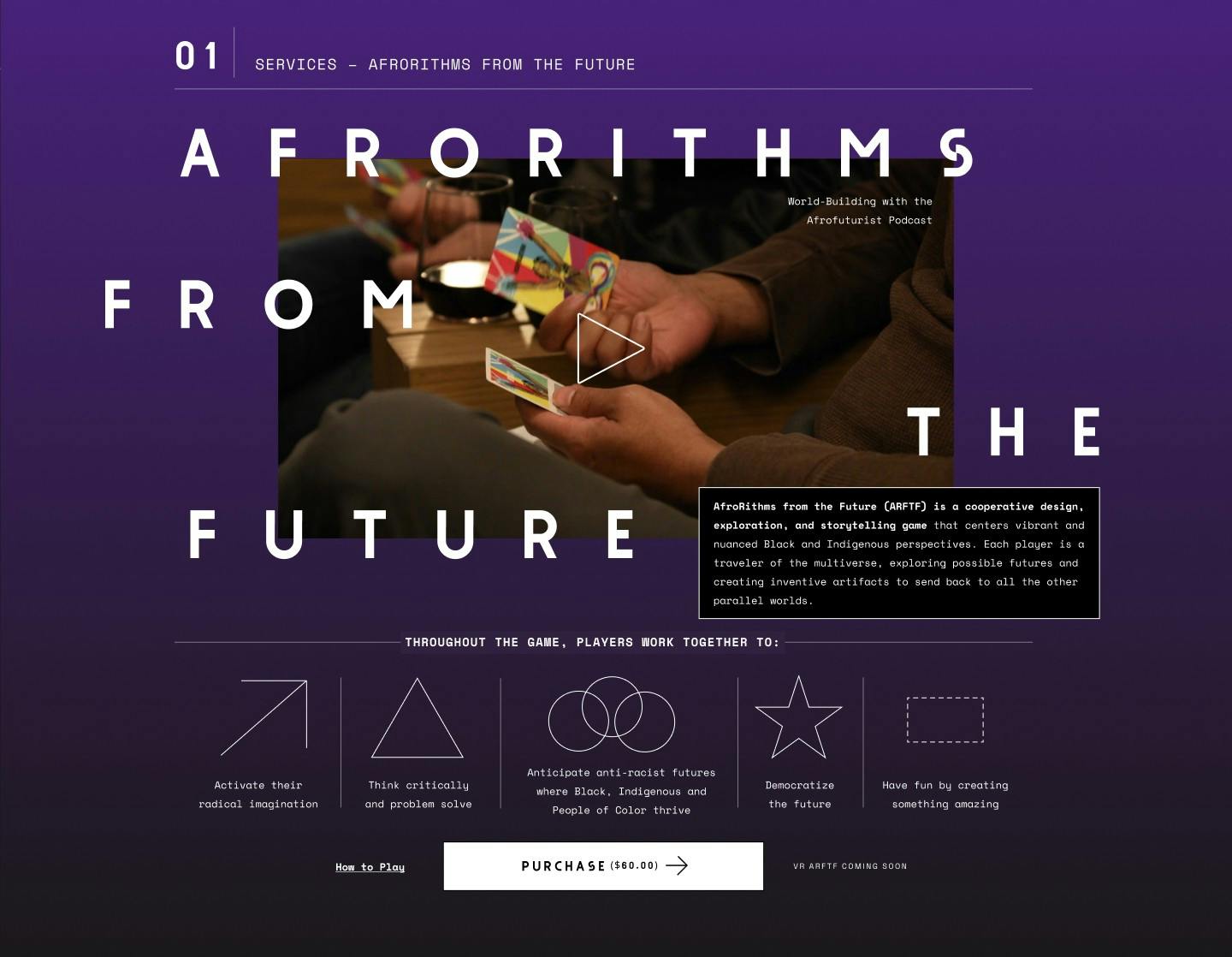In the digital age, having a strong online presence is crucial for the success of any business. And one of the essential elements of a successful online business is a well-designed landing page. A landing page is a standalone web page designed with a specific purpose in mind, such as generating leads, promoting a product or service, or driving conversions. And the key to achieving these goals? A compelling landing page call to action.
A call to action (CTA) is a statement that encourages the reader to take a specific action, such as filling out a form, making a purchase, or subscribing to a newsletter. It is the driving force behind a successful landing page, as it motivates visitors to take the desired action. In this article, we will dive into the world of landing page call to actions, discussing how to craft an effective one and the crucial role it plays in driving action on your website.
Conversion and TextContent: The Basics
Before delving into the specifics of a call to action, let's first define and understand the concept of conversion and TextContent. Conversion refers to the process of turning website visitors into customers or subscribers. It is the ultimate goal of any landing page and the reason why call to actions are essential. On the other hand, TextContent, as the name suggests, is the written content on your landing page. It includes text, images, headlines, and of course, your call to action.

Artwork generated with prompt workflow by Dre Labre
So, how do you craft an effective call to action for your website landing page? First and foremost, your CTA should be clear, concise, and easy to understand. It should tell the visitor exactly what action you want them to take. For instance, instead of using a vague statement such as "Find out more," use a more specific and action-oriented statement like "Sign up for our newsletter for exclusive deals." This clearly tells the visitor what they will get by taking the desired action.
Types of Words for Effective Call to Actions
Choosing the right words for your call to action is crucial. The language and tone you use can make all the difference in whether someone clicks that button or not. Here are some types of words that you should consider using in your call to action:
1. Action verbs - Using verbs like "sign up," "buy now," or "get started" are more effective than using generic words like "submit" or "click here."
2. Urgency - Words such as "limited time offer," "hurry," or "don't miss out" create a sense of urgency, motivating the visitor to take action quickly.
3. Personalization - Using words like "you" or "your" makes the call to action more personal and relatable to the visitor.
4. Benefits - Focus on the benefits the visitor will get by taking the desired action, such as "increase your sales" or "save time and money."
Testing Your Call to Action
A/B testing, also known as split testing, is an effective way to determine which call to action works best for your landing page. It involves creating two different versions of your landing page, each with a different call to action, and then tracking the results to see which one performs better. This can help you fine-tune your call to action and make it more effective in converting visitors into customers.
When testing your call to action, be sure to change only one element at a time, such as the wording or the color of the button. This will help you pinpoint which change has the most impact on conversion rates. Additionally, it is essential to give each version enough time to gather sufficient data before making a decision on which call to action to keep.

Artwork generated with prompt workflow by Dre Labre
The Primary Goal of Your Call to Action
When formulating your call to action, your primary goal should always be to motivate the visitor to take the desired action. Therefore, it is essential to understand your target audience and what drives them to take action. Focus on their pain points and offer a solution through your call to action. It is also crucial to have a clear understanding of your business goals and align your call to action accordingly.
Landing Page Design Matters
The design of your landing page can also have a significant impact on the effectiveness of your call to action. It should be visually appealing, easy to navigate, and highlight your call to action. A cluttered or confusing design can distract the visitor and lead to a lost opportunity. Ensure that your call to action is highly visible and stands out from the rest of the page. Use contrasting colors and larger font sizes to make it stand out. Also, consider using arrows or other visual cues to guide the visitor's eyes towards your call to action.
In Conclusion
A compelling landing page call to action is crucial for driving action on your website and achieving your business goals. It should be clear, concise, and motivate the visitor to take the desired action. Remember to use action-oriented words, test different versions, and align your call to action with your target audience and business goals. Lastly, don't underestimate the importance of a visually pleasing and user-friendly landing page design. Follow these tips, and you will be on your way to creating a highly effective landing page call to action that drives action and boosts conversions.
To summarize, here are the key points discussed in this article:
- A landing page call to action is a statement that encourages visitors to take a specific action.
- Conversion refers to turning visitors into customers or subscribers, while TextContent is the written content on your landing page.
- A compelling call to action should be clear, concise, and use action-oriented words.
- A/B testing can help determine which call to action is most effective.
- The primary goal of a call to action is to motivate visitors to take action.
- The design of your landing page plays a crucial role in the effectiveness of your call to action.

